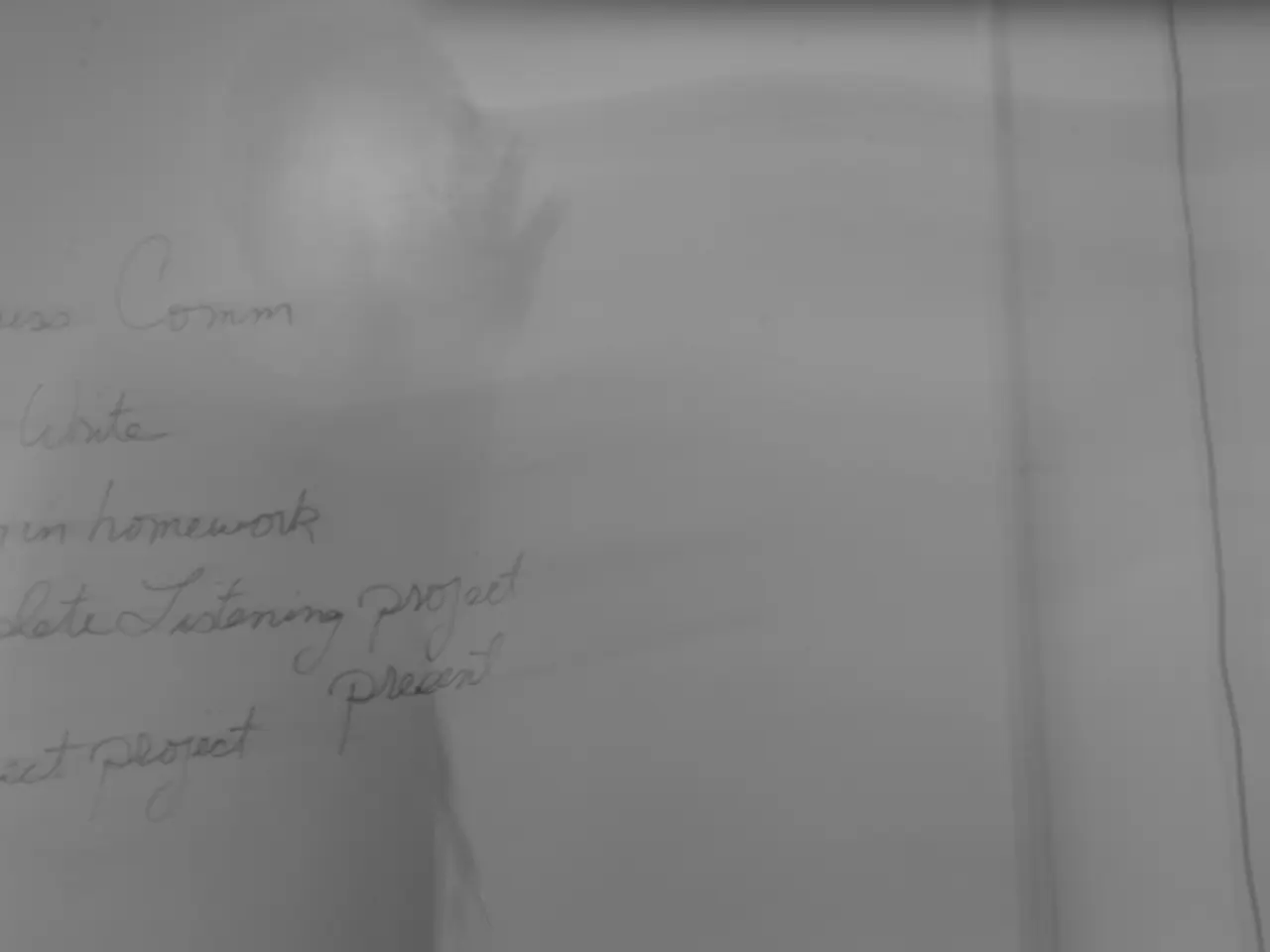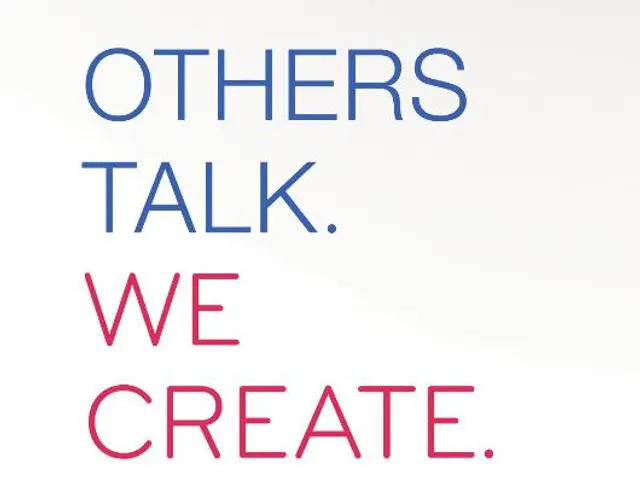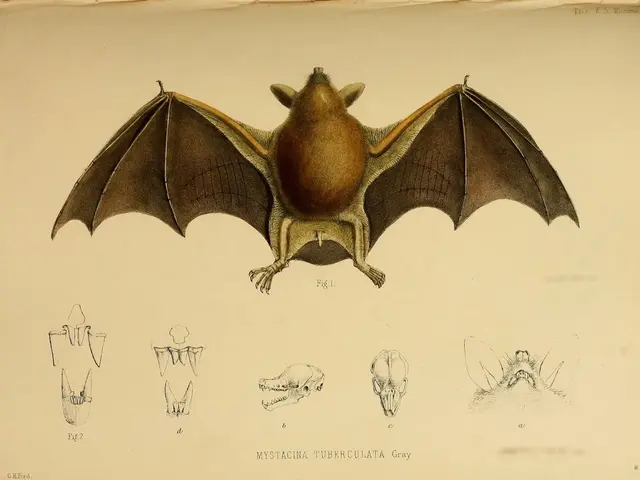Trump declares retaliatory customs duties, planned to be implemented this week
After President Trump's executive order on July 31, 2025, the U.S. implemented country-specific reciprocal tariff rates effective August 7, 2025. These rates vary from 10% to 41% depending on the trading partner.
Over 60 countries have specific rates set between 10% and 41%, while imports from countries not listed will incur a standard 10% tariff. Separate tariffs remain in place for Canada, Mexico, and China, outside this reciprocal tariff framework.
The new tariff rates range between 10 and 41 percent, with imports from Laos, Myanmar (Burma), Switzerland, and Syria receiving the highest rates (40%, 40%, 39%, and 41%, respectively). The European Union is the only U.S. trading partner that does not have a flat rate. For goods from the EU with a Column 1 duty rate of less than 15%, the total tariff under the reciprocal tariff regime will be 15%.
Goods coming from Annex I countries that are loaded onto a vessel and in transit on their final mode of transit before the tariffs take effect will not be subject to the new tariffs if imported for consumption before 12:01 a.m. EST on October 5. Imports from countries not listed in Annex I are not subject to the same exception; reciprocal tariffs will apply to goods from these countries that arrive in the United States on or after August 7th regardless of when the goods were shipped.
Any country not listed in Annex I will be subject to a 10 percent baseline reciprocal tariff, except for Canada, Mexico, North Korea, Russia, and Belarus, which are excluded from the 10 percent baseline tariff. The United States announced an increase in Canada's tariff rate from 25% to 35% effective August 1, 2025.
Brazil, which was not previously subject to country-specific reciprocal tariffs, will be subject to an additional 40% tariff rate as of August 6, 2025. Afghanistan, Costa Rica, Ghana, Guyana, Iceland, Papua New Guinea, Uganda, and Vanuatu were not subject to country-specific reciprocal tariffs beyond the 10% baseline under the April 2, 2025 Reciprocal Tariffs Executive Order, but are now subject to varying rates.
The status of countries that have not struck deals with the Administration continues to be fluid, and WilmerHale is closely monitoring developments with respect to the reciprocal tariff regime. Ongoing Section 232 investigations concern imports of timber and lumber, pharmaceuticals, and processed critical minerals.
- The new tariff rates for international trade, as a result of President Trump's executive order, vary from 10% to 41%, depending on the trading partner, and affect over 60 countries.
- Personal-finance and business investors need to be aware of the policy-and-legislation changes, as goods from the European Union incur a 15% tariff under the reciprocal tariff regime, while goods from countries not listed in Annex I will be subject to the same base rate of 10%.
- The tariff rates range from 10 to 41 percent, with imports from Laos, Myanmar (Burma), Switzerland, and Syria receiving the highest rates. The reciprocal tariff framework, however, does not apply to separate tariffs that remain in place for Canada, Mexico, and China.
- Politics and general-news outlets report that any country not listed in Annex I will be subject to a 10 percent baseline tariff, except for Canada, Mexico, North Korea, Russia, and Belarus, which are excluded from the 10 percent baseline tariff. Additionally, Brazil, previously not subject to country-specific reciprocal tariffs, will be subject to an additional 40% tariff rate.




